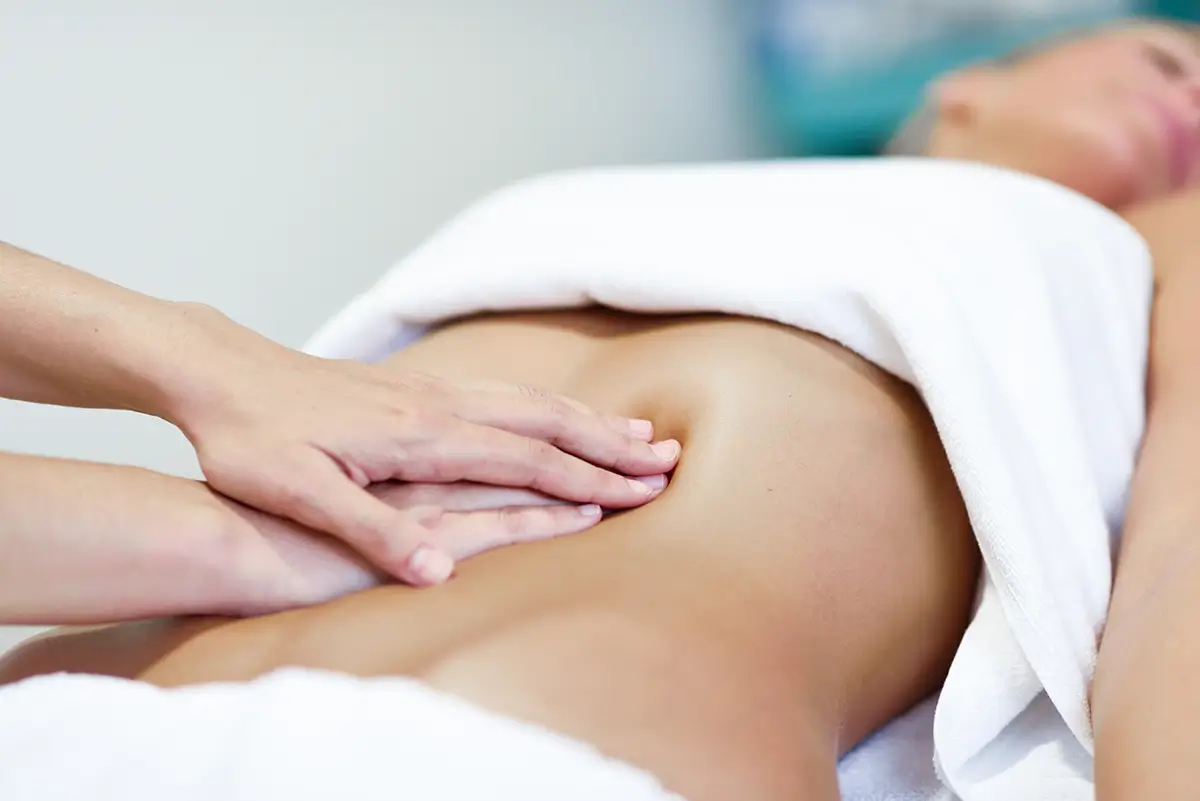Lymphatic Drainage: What You Need to Know About Its Benefits and Effectiveness
Lymphatic drainage is a therapeutic technique that has gained prominence for its potential health and wellness benefits. It involves applying gentle and specific massage techniques to stimulate the flow of the lymphatic system, which is crucial for removing toxins and maintaining fluid balance in the body. This practice is recommended for both aesthetic and medical purposes and is often used to treat and prevent conditions related to the lymphatic system.
The lymphatic system plays a vital role in defending the body against infections and transporting bodily fluids. Lymphatic drainage can help alleviate swelling, improve circulation, and assist in post-surgical recovery. According to the World Health Organization (WHO), the technique is recognized for its effectiveness in treating lymphedema, a condition characterized by fluid buildup that causes swelling, typically in the extremities (WHO, 2023). Additionally, Brazil’s Ministry of Health and the Brazilian Society of Dermatology also highlight the importance of lymphatic drainage in both clinical and aesthetic contexts.
Recent studies have shown that lymphatic drainage can provide significant relief for patients with lymphedema. A study published in the “Journal of Lymphology” in 2023 revealed that patients with lymphedema who underwent regular lymphatic drainage sessions experienced an average reduction of 30% in swelling volume compared to a control group that did not receive the treatment. These results align with the guidelines from the Brazilian Society of Dermatology, which recommends lymphatic drainage as an effective approach for managing lymphedema (SBD, 2023).
In addition to its medical benefits, lymphatic drainage is also widely used for aesthetic purposes. Many individuals seek this technique to reduce the appearance of cellulite and improve body contours. While its aesthetic benefits are acknowledged, the effectiveness of lymphatic drainage in reducing cellulite is still debated. The Brazilian Society of Dermatology states that while some patients report temporary improvements in skin texture, lymphatic drainage should not be considered a miracle solution for cellulite issues (SBD, 2023).
Proper practice of lymphatic drainage is crucial to ensure its benefits and avoid potential adverse effects. The American Massage Therapy Association (AMTA) recommends that lymphatic drainage be performed by qualified and certified professionals. This is important to ensure that the technique is applied correctly and that each patient’s specific needs are addressed safely (AMTA, 2024). Trained professionals can tailor lymphatic drainage techniques to address specific conditions and meet patient expectations.
Lymphatic drainage is frequently integrated into post-surgical treatment programs. For example, after procedures such as liposuction, lymphatic drainage can help reduce swelling and promote faster recovery. Studies show that lymphatic drainage can shorten recovery times and enhance post-operative aesthetic results (Journal of Clinical Nursing, 2023).
In addition to its immediate benefits, lymphatic drainage can contribute to long-term health maintenance. WHO suggests that the technique can be useful in promoting overall wellness and preventing conditions associated with fluid buildup (WHO, 2023). Regular practice may help keep the lymphatic system functioning efficiently and contribute to an overall sense of vitality.
However, it’s important to remember that lymphatic drainage is not a magical solution for all health problems. It is a tool that, when used correctly and in combination with other healthy practices, can offer significant benefits. Consulting a qualified healthcare professional and following proper guidelines is essential to maximize the benefits of this technique.
Sources Consulted:
- World Health Organization (WHO)
- Brazilian Society of Dermatology (SBD)
- American Massage Therapy Association (AMTA)














